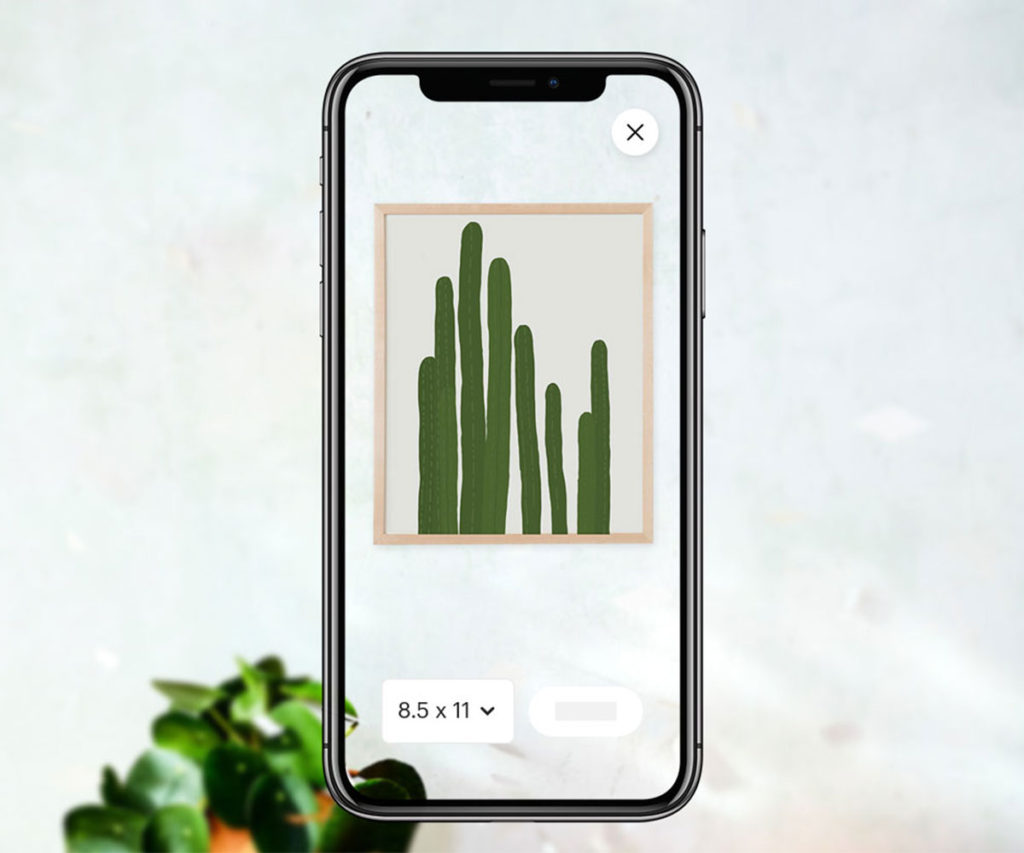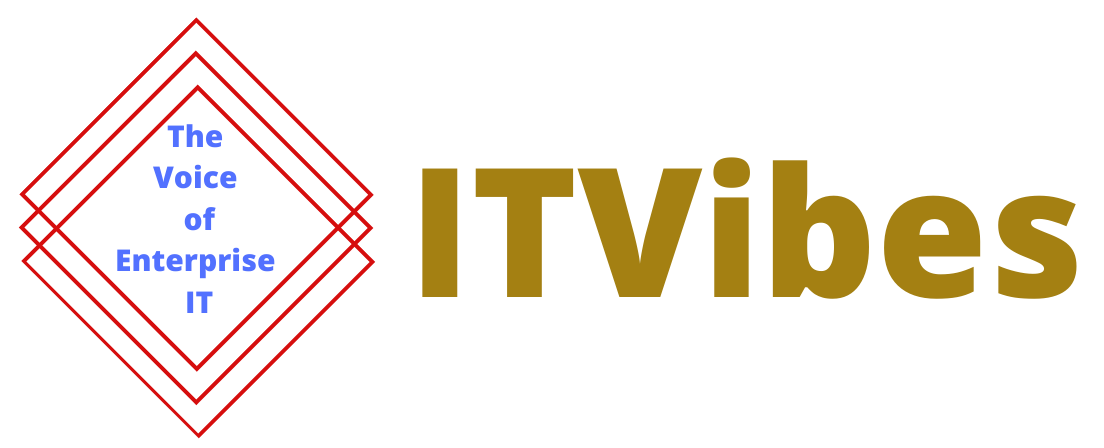As the pandemic wreaks havoc across the world, organisations have responded with reduced technology budgets. IDC forecasts IoT spending will shrink in 2020 before returning to the double-digit growth rate.
A new IDC update studying 14 tech categories and 81 use cases across 20 industries reveals IoT spending growing 8.2% year over year to $742 billion in 2020 down from the 14.9% growth forecast in November ’19.
Gartner recently reported global IT spending is set to decline by 8 per cent even as investment in cloud services is set to rise. The analyst firm also estimates IT spending in Australia is set to shrink by 6%.
Blockchain Spending to Slow Down to US$ 4.3 Billion in 2020
IoT as ‘return to growth’ accelerator
“IoT will be a key ‘return to growth’ accelerator with selected use cases being safe bets for end-users to focus on”, said IDC Research’s Andrea Siviero.
This would help achieve a new level of automation, remote everywhere experience, and hyper-connectivity”.
Gartner identifies top 10 Data and Analytics Trends
Industries negatively impacted
With Declining budgets:
- Personal and consumer services including:
- Hotels
- Theme Parks
- Casinos
- Movie Theatres
With the slowest growth in 2020:
- Discrete manufacturing
- Resource industries including oil and gas Transportation
Ten Years Of Change In 10 Weeks: ANZ CIO summarises COVID response
Industries benefiting from increased investment:
- Healthcare
- Insurance
- Education
- Consumer spending
The use cases that will see the fastest spending growth:
- Electric Vehicle Charging
- Bedside Telemetry and
- Remote Health Monitoring
Also read: Gartner reduces Infosec spending forecast for 2020, cloud security gets a massive boost
The IoT spending pie
- IoT services: IT and Installation Services and Ongoing Service or Content as a Service. This will be the largest technology group in 2020 accounting for roughly a third of all IoT spending.
- Hardware spending will be nearly as large as IoT services.
- Software will be the fastest growing technology category with a five-year CAGR of 13.5% and a focus on application and analytics software purchases.
Also Read: U, V or W? Economic recovery uncertain: NAB CEO
New Growth Avenues
Augmented reality and virtual reality are two areas enterprises are evaluating to deploy. IDC recently identified four enterprise AR platforms leading the way.
Meanwhile, social media giant Facebook is aiming to be the work platform of the future combining Workplace, Oculus and Portal.
The social media giant revealed Oculus (its VR headset) and Portal (its video screen device) will be part of the future-ready collaborative platform of work.

Facebook Virtual Reality (VR) tools deployed by enterprises for collaborative work include:
- Sales folks at Nestle Purina using VR to visualize retail displays and gather sales teams while reducing travel.
- Johnson & Johnson Institute is training surgeons with Oculus and helping improve patient outcomes.
- Employees at Hilton are using interactive simulations to gain a deeper understanding of the complexities of hotel operations.
Also Read: Woolworths announces $700 million investment in technology

North American retailer Lowe’s offered a new AR feature to help tradespersons manage jobs, doing virtual home visits and inspections. The technology solution is powered by Streem, accessed via a mobile browser.

Etsy, the leading online marketplace for vintage and handmade goods, introduced augmented reality to help its customers visualise Wall Art, Paintings or Prints. The new AR feature helps users visualize how wall art would fit in different areas of their space before making a purchase decision.
ITVibes recommended reading:
- Digital Transformation budgets to increase: Xerox Future of Work survey
- Three in five likely to use digital banking offered by neobanks and challenger banks by 2025: Backbase Report
- Australia’s shift to become a cashless society accelerated by up to 5 years: Paypal
- Digital Banking: Market shifts towards AI, cloud and secure banking
Access the IDC report here













